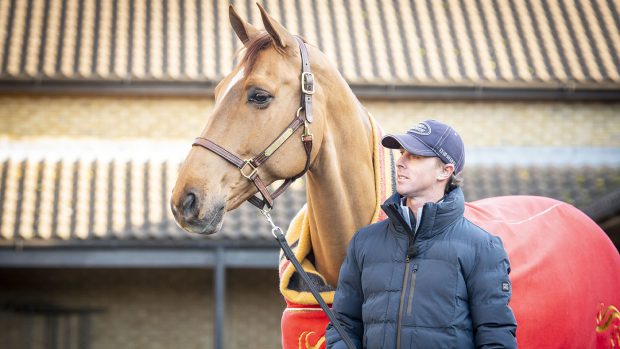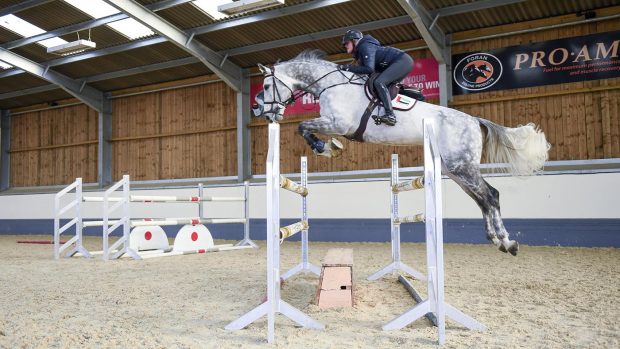Expert advice from HORSE magazine on riding the perfect turn against the clock
Q: I have been jumping my 16hh Thoroughbred gelding all season and we have done reasonably well. We’ve started getting double clears in British Novice and Discovery classes, but we never seem to win anything. This is because I find it hard to ride tight turns without overshooting the fence, and I’m afraid of meeting it on the wrong stride. Can you give me any tips of how to ride tight turns in jump-offs, without making mistakes?
Stephanie Soskin BHS(IT) replies: You only have to look at our top riders and the way they ride a jump-off course to see the skill required.
Basic schooling is very important and the vital components are rhythm, balance and engagement of the hocks.
Sadly, most problems when turning into fences are a result of insufficient schooling on the flat or a lack of understanding of the aids. Theanswer to both is more flatwork.
With a rider on his back, a horse can only turn correctly and jump a fence successfully if he is in balance.
To do this, his hocks need to be engaged and underneath him, enabling him to lift his forehand.
If your horse does not carry his weight in this way, steering will become heavy and laborious and you will miss your turn.
In a jump-off, we all try to turn as quickly as possible. It is easy just to ride on the inside aids, using the inside rein to pull the horse round towards the jump, but by doing this we are pushing him through his outside shoulder and overshooting the turn.
A better way of turning into a fence is to ride as you would out of a corner. Indicate your direction with the inside rein, but also use your outside rein to hold and control the outside shoulder.
As you use your inside leg to maintain forward impulsion and keep your horse’s inside hind leg underneath him, it is just as important to use your outside leg to encourage him to turn by controlling his outside hind leg. Remember, it is the horse’s shoulder that influences the direction he goes in, not his head and neck.
In order to achieve this at home, do lots of work to improve your horse’s balance. Ride turns and circles in trot and canter by using your outside aids. Place individual poles on the ground and canter over them, making plenty of turns and changes of direction.
The poles can then be raised to small jumps using the same exercise to work on the better turns, balance, rhythm and evenness of stride.
Read more SJ training advice:



